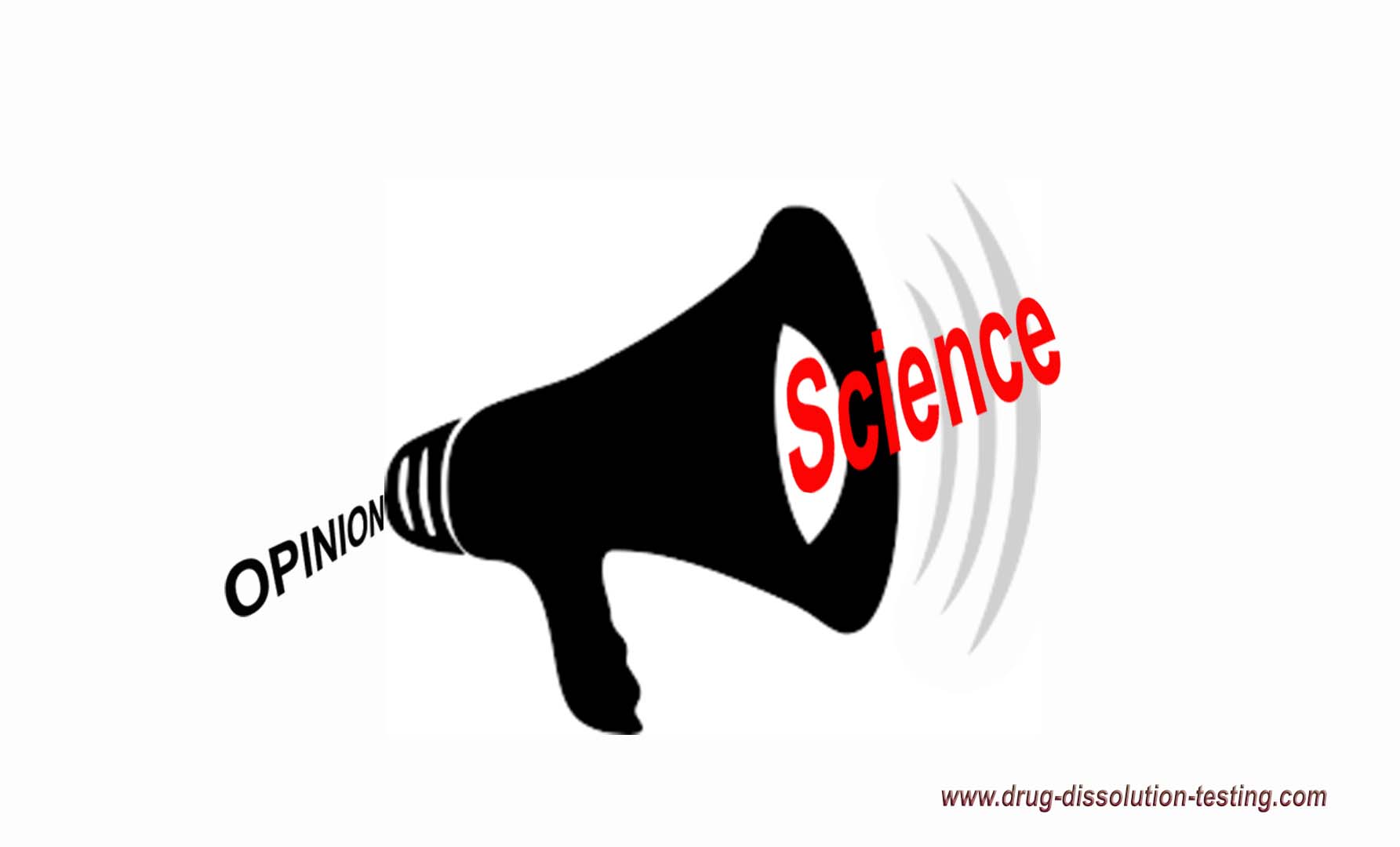
The covid tests do not detect viruses or variants. Instead, they detect chemicals/molecules, called RNAs and (spike) proteins, presumed, not shown, to be part of the SARS-COV-2 virus. These RNA and protein molecules can come from many different sources, including the body’s cell degradations, food one consumes, or bacteria. Unfortunately, medical experts assume that these chemicals come from the virus, and tests indicate that. This lack of understanding comes from the fact that the testing belongs to the subject of chemical science (analytical chemistry), not medical training. Hence false claims are being made for describing and interpreting the tests for viruses, variants, illnesses, or infections.
An analogy may further explain the current bizarre situation regarding the PCR test, which is considered the gold standard. The test is conducted by spiking/seeding the sample with the desired chemical molecule (RNA fragment of an imaginary RNA, called primer) to make it look like the test sample has an expected or wanted RNA or virus. However, it is an entirely invalid scientific practice.
It is like conducting a pregnancy test by spiking/seeding the urine or blood sample, with a small amount of pregnancy indicating chemical compound, to assess the pregnancy. Believe it or not, everyone, including men, can potentially be tested positive for pregnancy if desired.
The Rapid/Antigen test is based on a similar principle as PCR. But, the irony is that Rapid tests are authenticated by comparing against the PCR test (the invalid test), not the virus. So, the invalidity of the Rapid/Antigen test is multiplied.
Enjoy your life, do not waste it by judging it based on a fraudulent PCR/Rapid/Antigen test.









